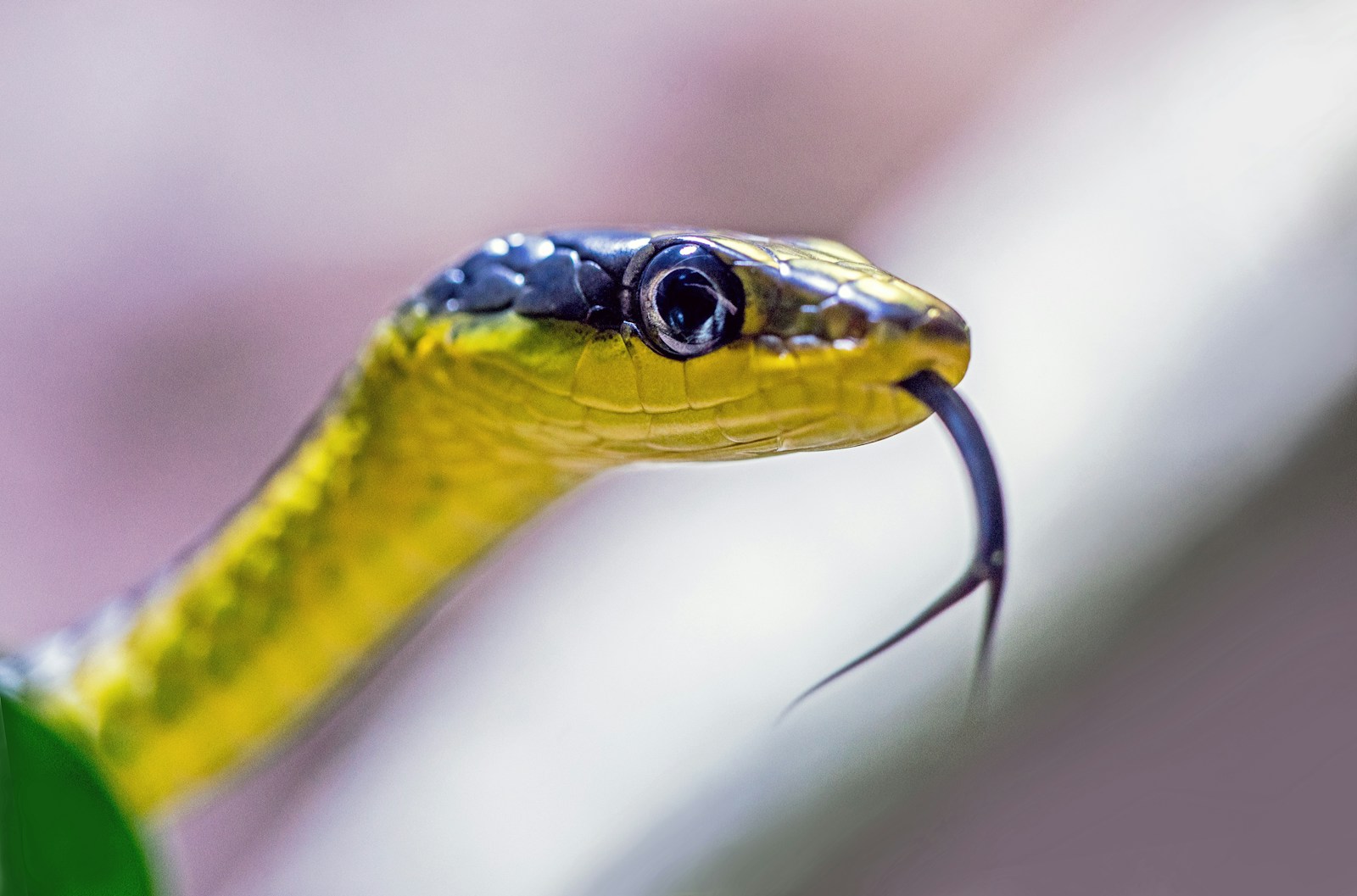In the mysterious world of reptiles, few behaviors are as iconic and misunderstood as a snake’s tongue-flicking. This distinctive behavior intensifies when snakes feel threatened or anxious, creating a fascinating window into reptilian psychology. While many people find this rapid tongue movement unnerving or even threatening, it actually represents a sophisticated sensory system that helps these limbless creatures navigate their environment and respond to potential dangers. Understanding why snakes flick their tongues more frequently when nervous not only provides insight into their behavior but also helps dispel common misconceptions about these remarkable animals. By exploring the science behind this characteristic behavior, we can gain a deeper appreciation for how snakes perceive and respond to their world.
The Anatomy of a Snake’s Tongue

A snake’s tongue is a marvel of evolutionary design, specialized for collecting chemical information rather than tasting food as human tongues do. Unlike our thick, muscular tongues, snake tongues are thin, forked appendages that can extend far beyond their mouths. The fork in the tongue isn’t merely decorative—it serves a crucial function by allowing snakes to detect chemical gradients, essentially giving them a directional sense of smell. Each fork collects separate chemical samples from slightly different locations, which the snake’s brain can then compare to determine the direction of a scent. The tongue itself contains no sensory receptors but acts as a sophisticated collection tool that transfers chemical particles to specialized sensory organs.
The Jacobson’s Organ: A Snake’s Chemical Detector
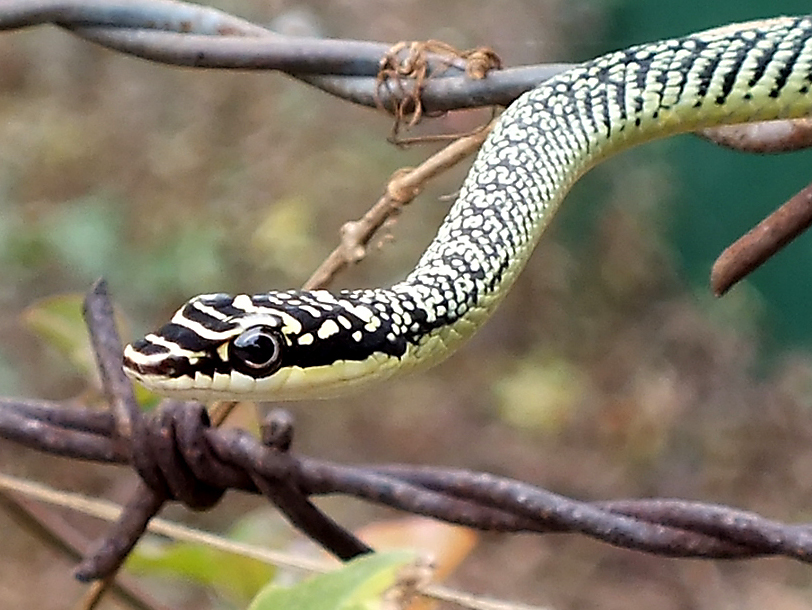
The true magic of a snake’s chemical sensing system lies in the Jacobson’s organ, also called the vomeronasal organ, located in the roof of the mouth. When a snake flicks its tongue, it’s gathering chemical particles from the air and surroundings, which are then deposited into the paired openings of this remarkable sensory structure. Unlike our sense of smell, which is processed together with taste, the Jacobson’s organ forms an entirely separate sensory system devoted exclusively to chemical detection. The organ contains highly specialized sensory cells that can detect incredibly minute chemical signatures, allowing snakes to identify prey, predators, and potential mates from considerable distances. This sensory capability is so sophisticated that some snakes can detect prey that passed through an area hours or even days earlier.
How Tongue Flicking Works
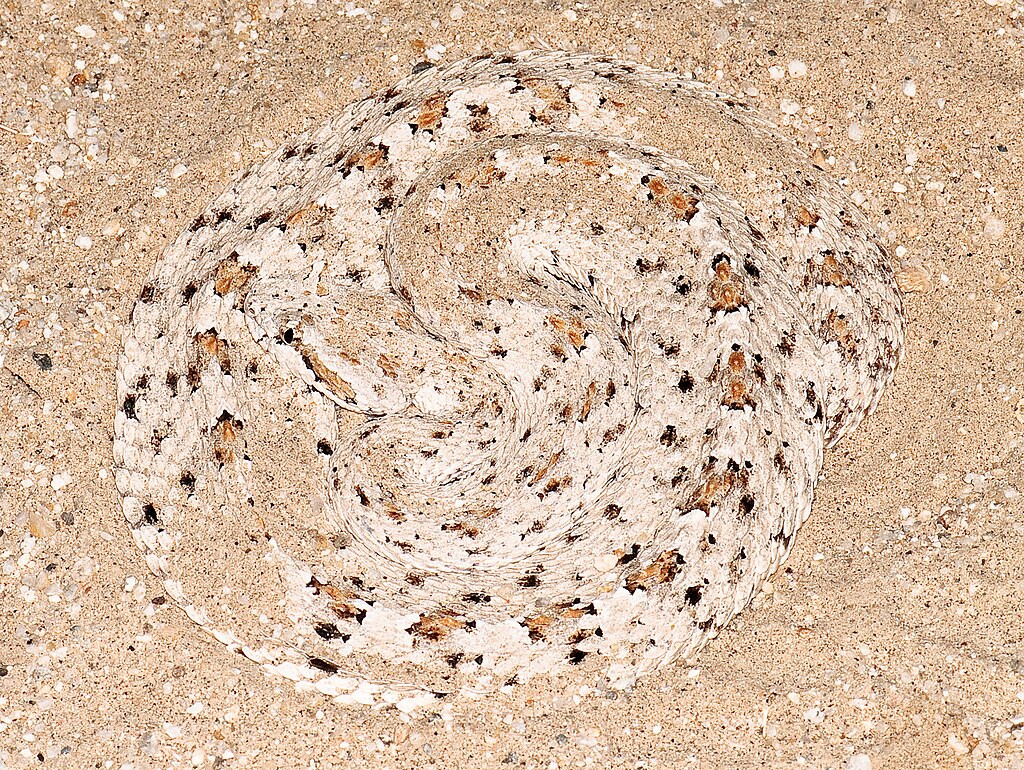
Tongue flicking in snakes follows a precise mechanical process that maximizes chemical information gathering. When a snake extends its tongue, it spreads the forked tips to sample a wider area, moving the tongue in oscillating patterns to collect airborne particles and substances from the ground or other surfaces. Once loaded with chemical information, the tongue retracts and the tips are inserted into the ducts leading to the Jacobson’s organ, depositing the collected particles for analysis. This process happens remarkably quickly, with some snakes capable of flicking their tongues several times per second. Each flick essentially provides a new “snapshot” of the chemical environment, allowing the snake to build a detailed chemical map of its surroundings. Different species have evolved variations in tongue morphology and flicking patterns based on their ecological niches and hunting strategies.
The Connection Between Anxiety and Increased Tongue Flicking
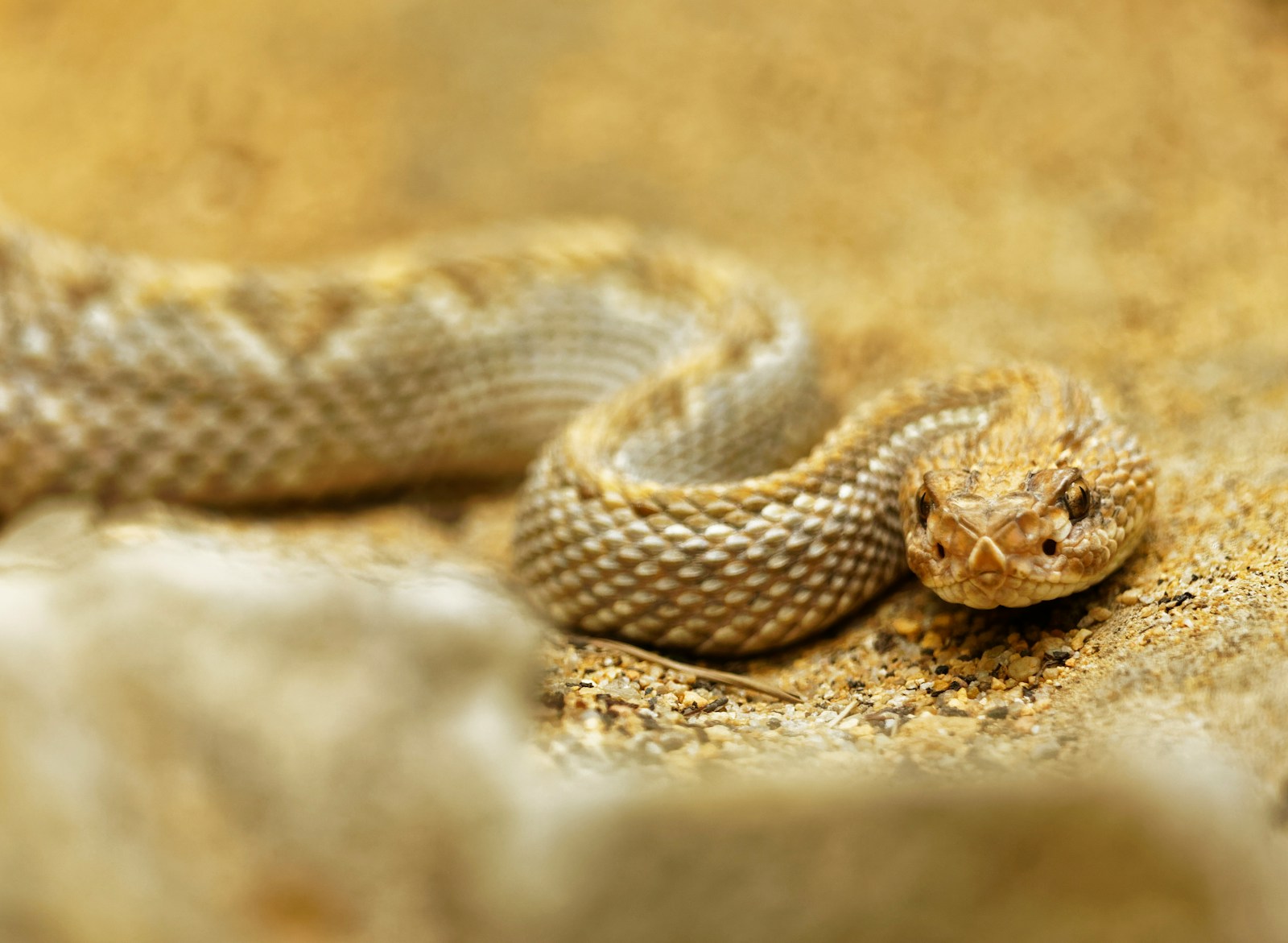
When snakes encounter stressful or uncertain situations, their tongue-flicking behavior noticeably intensifies—a phenomenon well-documented by herpetologists and reptile enthusiasts alike. This increase serves a critical adaptive function by providing the snake with more frequent updates about potential threats in its environment. The connection between anxiety and increased tongue flicking is directly related to the snake’s survival needs; more information means better decision-making in potentially dangerous situations. Researchers have observed that tongue-flick rates can increase by up to 500% when a snake feels threatened or is placed in an unfamiliar environment. This heightened sensory gathering reflects the activation of the snake’s stress response system, similar to how humans might become more alert and attentive when nervous.
Nervous Behavior vs. Normal Exploration
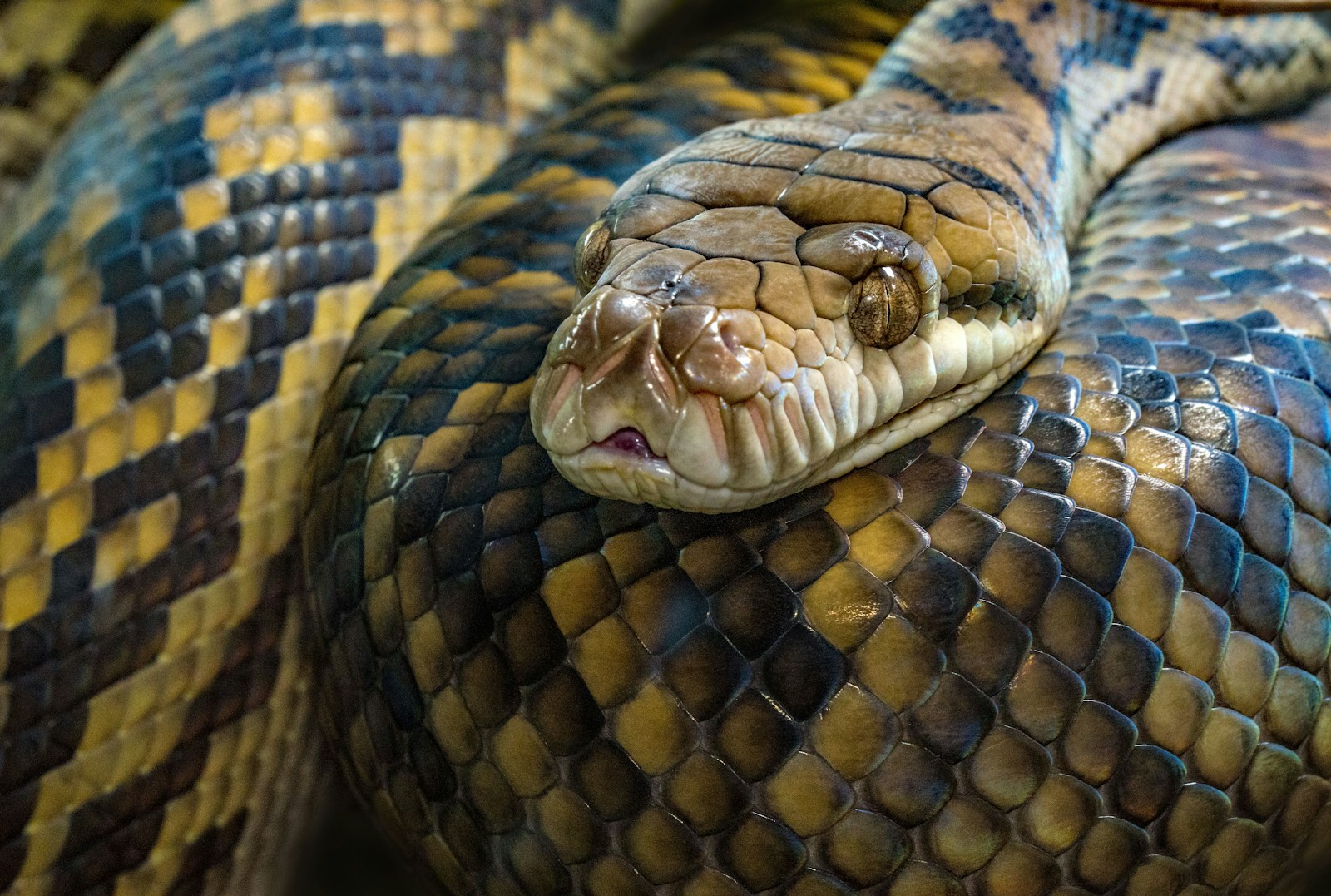
Distinguishing between nervous tongue flicking and normal exploratory behavior requires attention to several behavioral cues. Regular exploratory tongue flicking tends to occur at a steady, relatively slow pace as the snake gathers information about its surroundings in a relaxed state. By contrast, nervous tongue flicking appears more rapid, erratic, and is often accompanied by other stress behaviors like tightened body posture, defensive positioning, or attempts to retreat. The direction and pattern of the tongue movement also differ—exploratory flicking often moves in methodical patterns and various directions, while anxious flicking may focus intensely toward the perceived threat. Snake owners and handlers can learn to recognize these differences to better understand their reptile’s emotional state and respond appropriately. Professional herpetologists often use tongue-flick rates in research studies as a quantifiable measure of stress responses in various snake species.
Environmental Triggers for Increased Tongue Flicking

Numerous environmental factors can trigger increased tongue-flicking behavior in snakes, reflecting their heightened state of alertness. New or unfamiliar surroundings represent one of the most common triggers, as snakes attempt to build a comprehensive chemical map of an unknown environment. The presence of unfamiliar humans or animals often causes dramatic increases in tongue flicking as the snake assesses potential threats. Environmental disturbances like sudden loud noises, vibrations, or rapid temperature changes can similarly provoke intense tongue-flicking episodes. Even changes in light levels or barometric pressure before storms have been observed to alter tongue-flicking patterns in some species. These triggers demonstrate how intimately connected a snake’s sensory behavior is to its ability to detect and respond to changing environmental conditions.
Species Differences in Tongue-Flicking Behavior
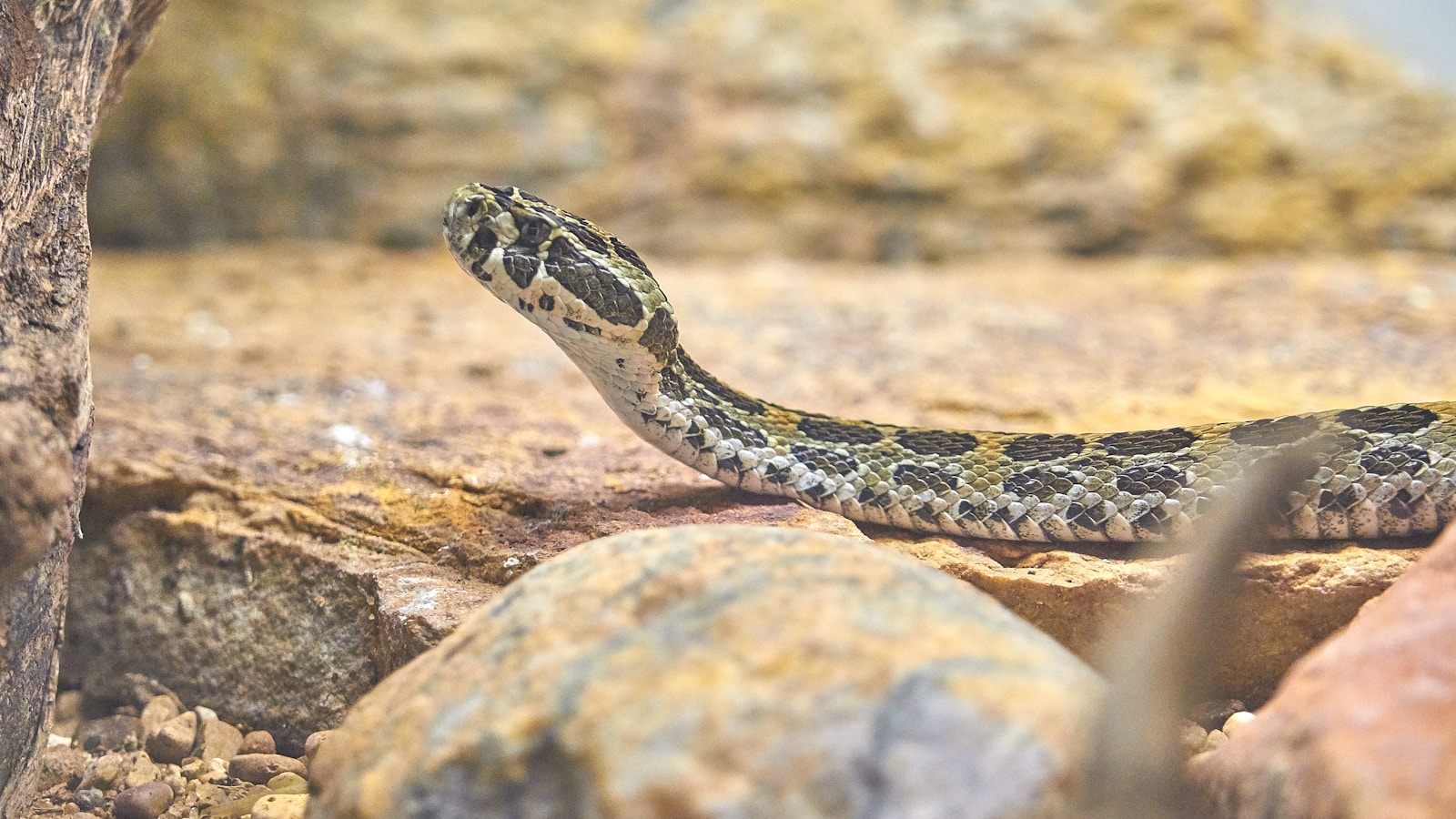
The intensity and pattern of tongue flicking varies substantially across different snake species, reflecting their diverse ecological adaptations and evolutionary histories. Highly active hunters like rat snakes and racers typically demonstrate more frequent tongue flicking even in relaxed states, as their foraging strategy depends on actively searching for prey. Ambush predators such as vipers and pythons may tongue-flick less frequently when relaxed but show dramatic increases when detecting potential prey or threats. Arboreal species like tree snakes often display distinctive upward tongue-flicking patterns that help them detect prey items in the canopy above. Desert-dwelling species have evolved specialized tongue-flicking patterns that minimize moisture loss while maximizing chemical detection in arid environments. These variations highlight how tongue-flicking behavior has been shaped by natural selection to optimize each species’ survival in its particular niche.
Predator Detection and Response
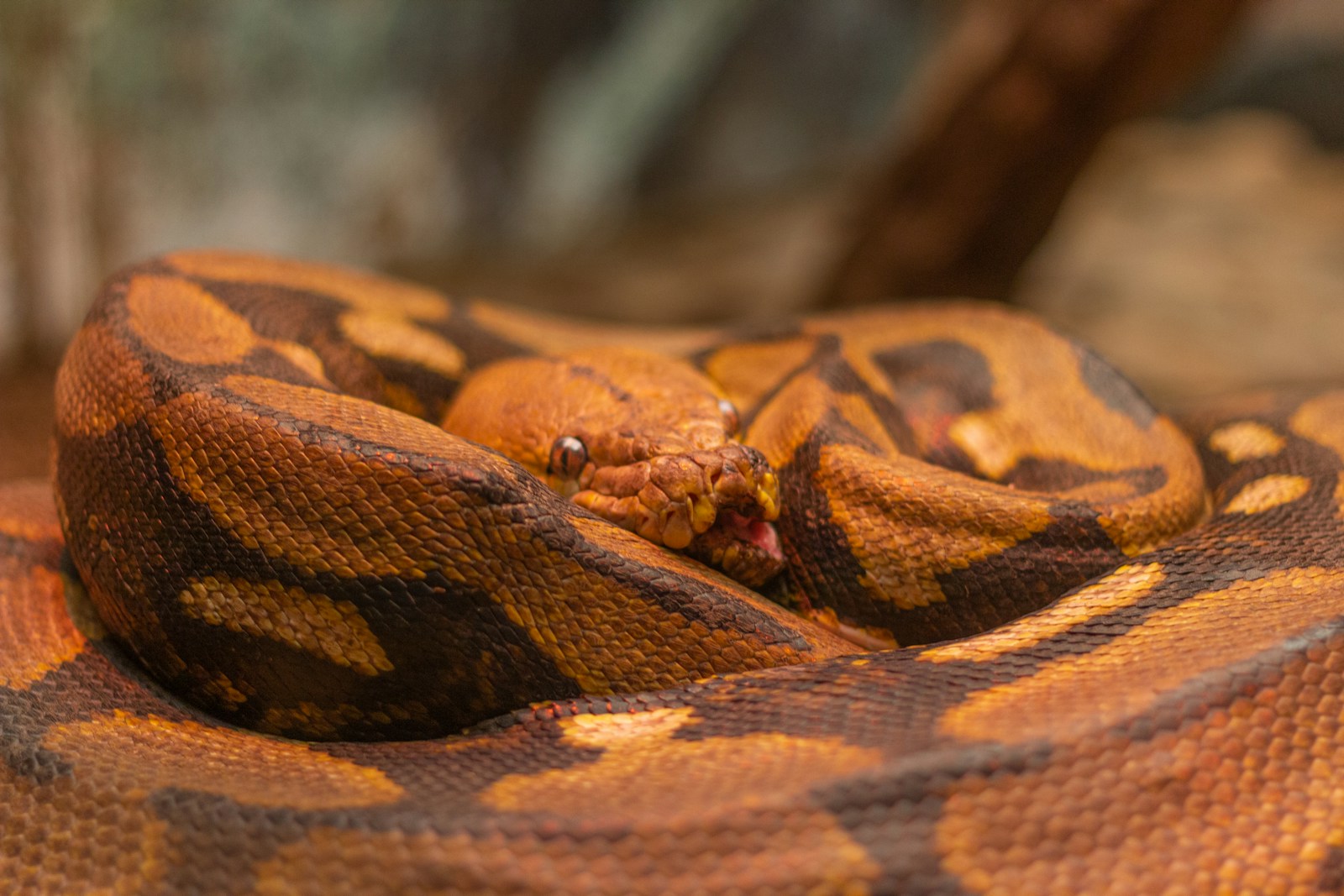
When a snake detects chemical signatures associated with predators, its tongue-flicking behavior undergoes characteristic changes that help it assess the threat level. The initial detection of predator scent typically triggers rapid, focused tongue flicking directed toward the source of the threatening chemicals. This intensive chemical sampling helps the snake determine crucial information about the predator—including its species, size, and how recently it passed through the area. Once sufficient information has been gathered, most snake species will adjust their behavior accordingly, often seeking cover or adopting defensive postures if escape isn’t possible. Research has shown that many snakes can distinguish between chemical signatures of different predator species and calibrate their defensive responses appropriately. This sophisticated predator detection system demonstrates why increased tongue flicking serves as a critical survival mechanism in threatening situations.
Tongue Flicking in Captive Snakes
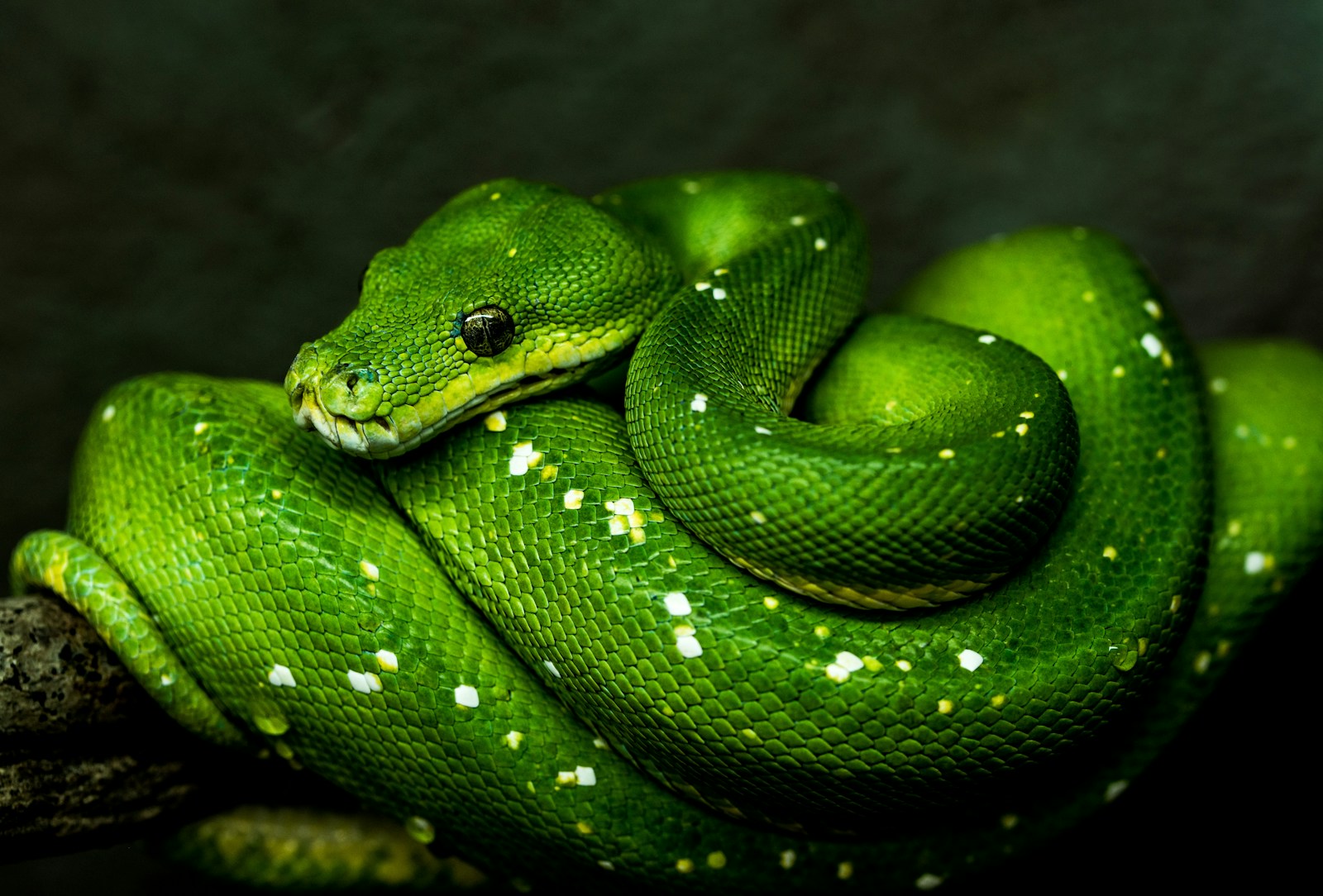
Captive snakes often display distinctive tongue-flicking patterns that differ from their wild counterparts, reflecting the unique challenges and limitations of captive environments. When first introduced to a new enclosure, captive snakes typically exhibit intensive tongue flicking as they chemically map their new home, a process that may continue for several days until they become familiar with the space. Handling sessions almost invariably trigger increased tongue flicking, as the snake processes the complex mixture of human scents and environmental chemicals. Observant owners may notice that their snake’s tongue-flicking patterns change in response to feeding routines, with increased rates often observed as feeding time approaches. These behavioral patterns can provide valuable insight into a captive snake’s adjustment to captivity and overall well-being. Reptile veterinarians sometimes use changes in baseline tongue-flicking behavior as one indicator of potential health issues in captive specimens.
The Role of Tongue Flicking in Hunting
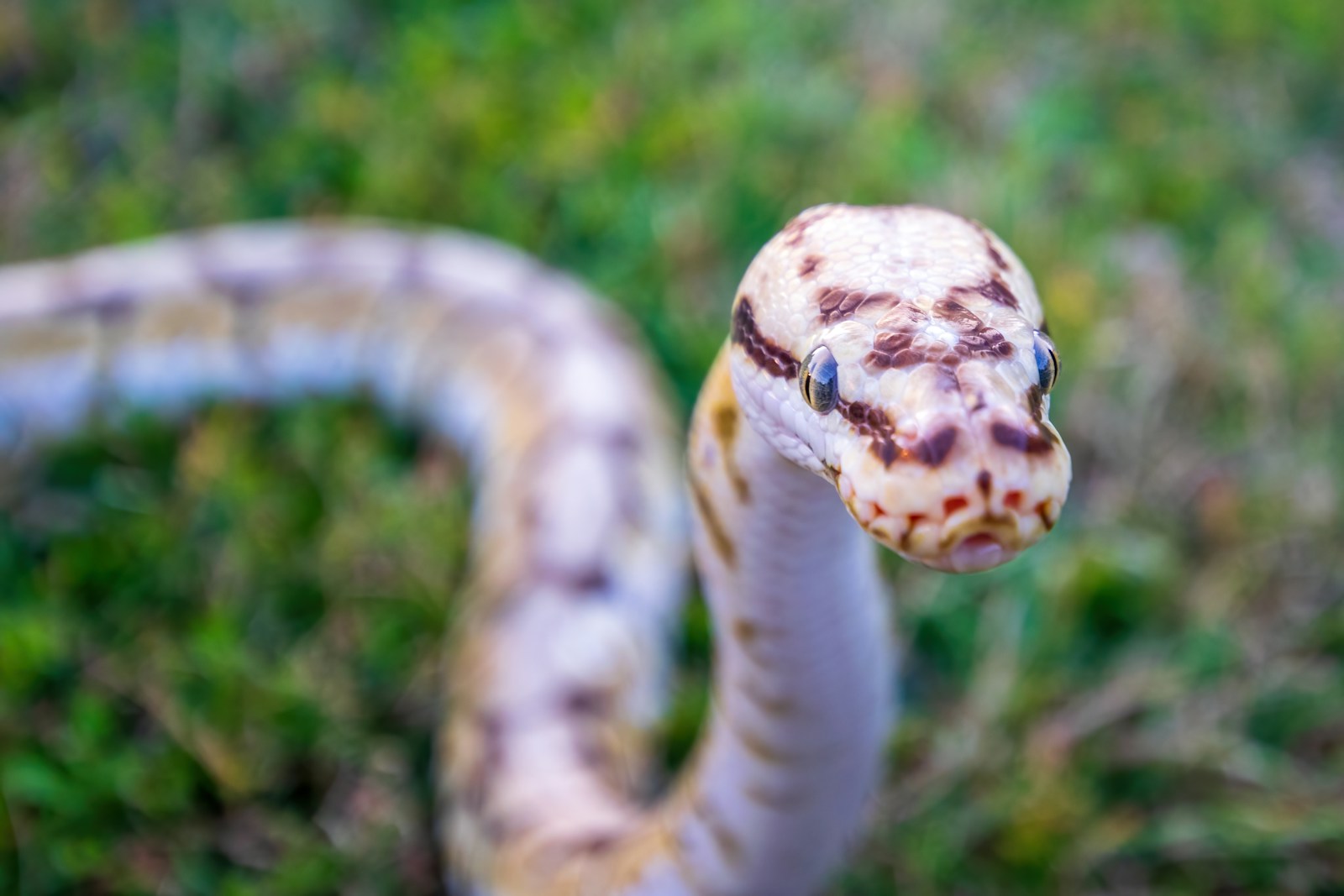
A snake’s hunting success depends heavily on its tongue-flicking behavior, which provides crucial information throughout the predation sequence. The initial detection of prey often occurs when the snake’s tongue captures airborne molecular traces left by potential prey animals, triggering focused hunting behavior. As the snake follows these chemical trails, its tongue-flicking rate typically increases, with the forked tips helping to determine the direction of the strongest chemical signals. The final approach phase often involves the most intense tongue flicking, as the snake pinpoints the prey’s exact location and assesses its size and activity level. Even after striking, many snake species continue rapid tongue flicking to track prey that escapes the initial attack, following the injured animal’s scent trail. This sophisticated chemical tracking system allows snakes to hunt effectively in complete darkness or in complex environments where visual hunting alone would be insufficient.
Tongue Flicking and Mating Behavior
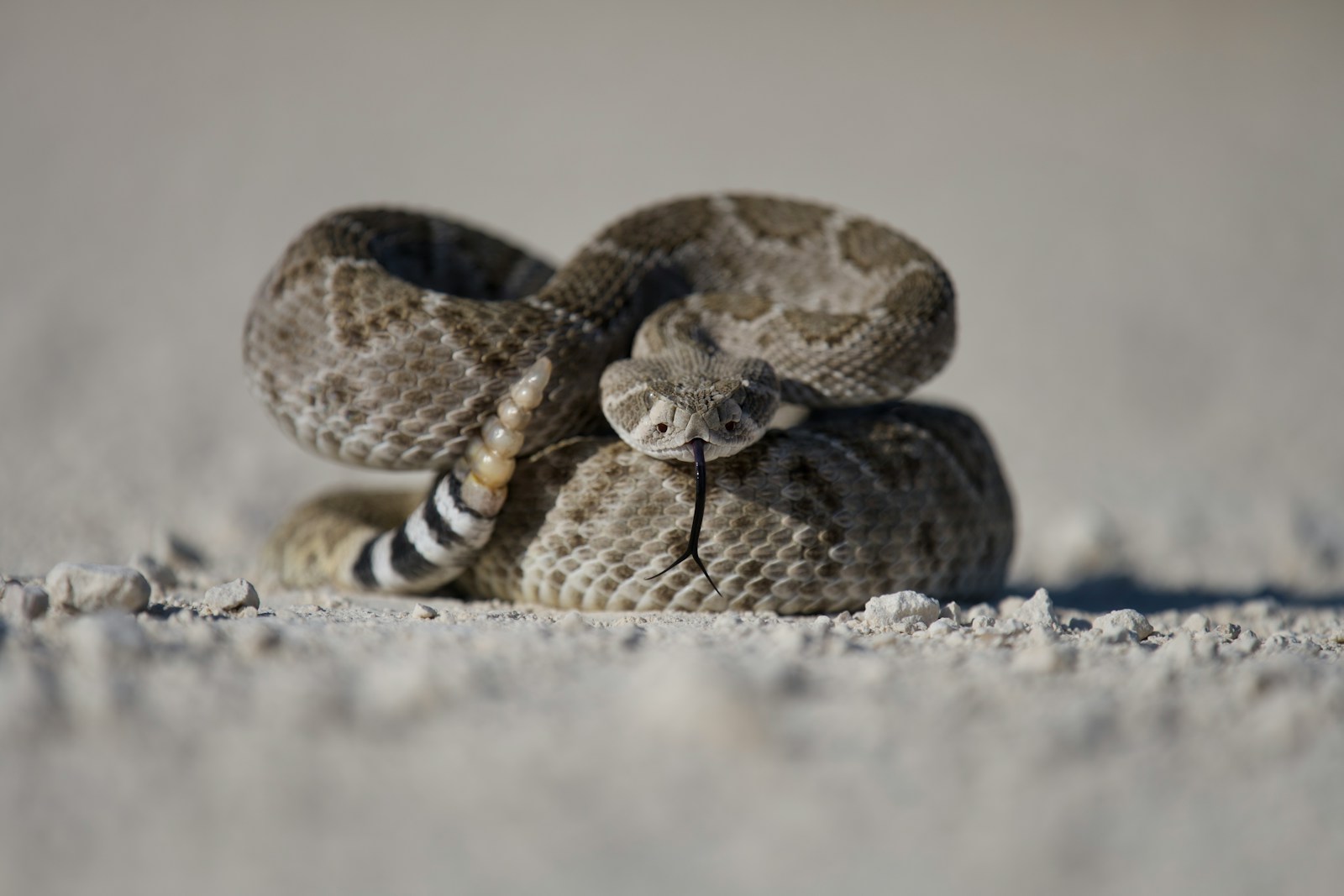
During breeding season, tongue flicking takes on additional significance as snakes use chemical signals to locate and assess potential mates. Male snakes show dramatic increases in tongue-flicking frequency when they detect pheromones from receptive females, sometimes doubling or tripling their normal rates. The chemical information gathered helps males determine not only the location of females but also their reproductive status and species identity, preventing wasteful courtship attempts with unreceptive or incompatible individuals. In many species, males perform specialized tongue-flicking patterns during courtship, sometimes touching their tongues directly to the female’s skin to assess her receptivity. Female snakes also use increased tongue flicking to evaluate potential mates, gathering chemical information about the male’s health, genetic quality, and compatibility. This chemical communication system demonstrates how tongue flicking serves multiple critical functions beyond predator detection.
Common Misconceptions About Tongue Flicking
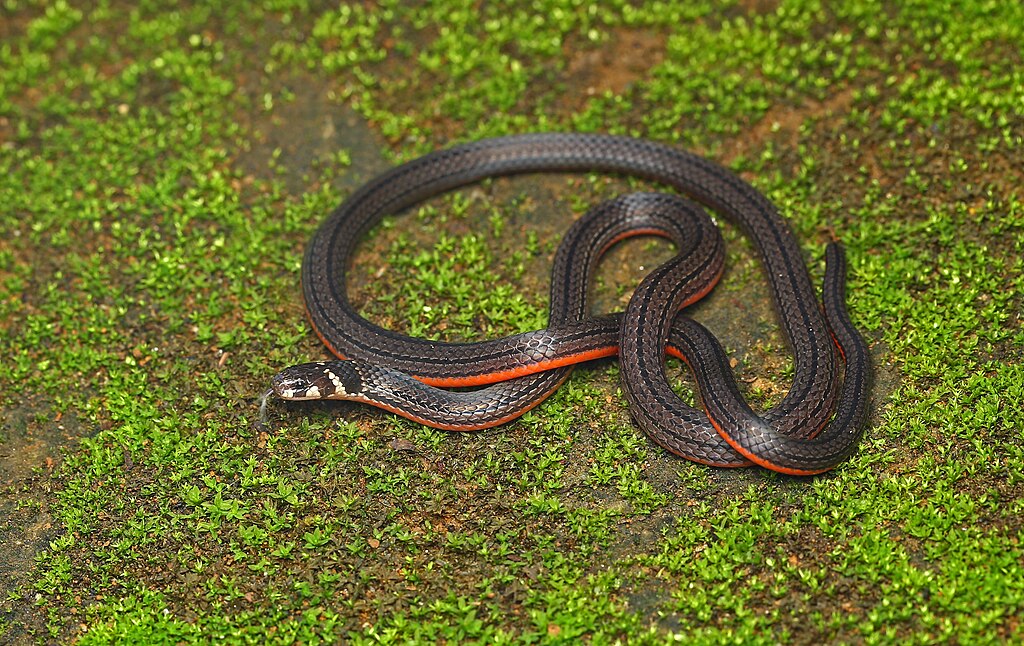
Despite its importance to snake biology, tongue flicking remains surrounded by persistent misconceptions that often contribute to negative perceptions of these animals. Perhaps the most common misunderstanding is that snakes use their tongues as weapons or “stingers,” a notion that has no basis in reality but continues to appear in popular culture. Another frequent misconception is that tongue flicking indicates aggression, when in fact it simply represents information gathering that may increase during stress. Some people incorrectly believe that snakes with more active tongues are venomous, though tongue-flicking behavior bears no relationship to whether a species produces venom. The forked shape of the tongue has historically fueled superstitious associations with evil or deception, further contributing to unwarranted fear of this natural behavior. Educating the public about the true function of tongue flicking helps foster greater appreciation for snakes’ remarkable sensory adaptations.
Interpreting Your Pet Snake’s Tongue Behavior

For snake owners, learning to read tongue-flicking patterns provides valuable insight into their pet’s state of mind and overall health. Established baseline patterns of tongue flicking when your snake is relaxed in its enclosure offer an important reference point for detecting changes that might indicate stress or illness. Dramatic increases in tongue-flicking frequency without obvious environmental triggers sometimes precede illness, as the snake attempts to gather more information about internal discomfort. During handling sessions, gradual decreases in tongue-flicking rates often signal that your snake is becoming more comfortable with the interaction, while sustained rapid flicking suggests continued anxiety. New snake owners should note that most captive snakes will display intensive tongue flicking during their first few weeks in a new home, which typically diminishes as they become acclimated to their surroundings. Keeping a simple log of your snake’s tongue-flicking patterns can help you become more attuned to its normal behavior and recognize meaningful changes.
## Understanding Snake Body Language Beyond Tongue Flicking
Understanding Snake Body Language Beyond Tongue Flicking
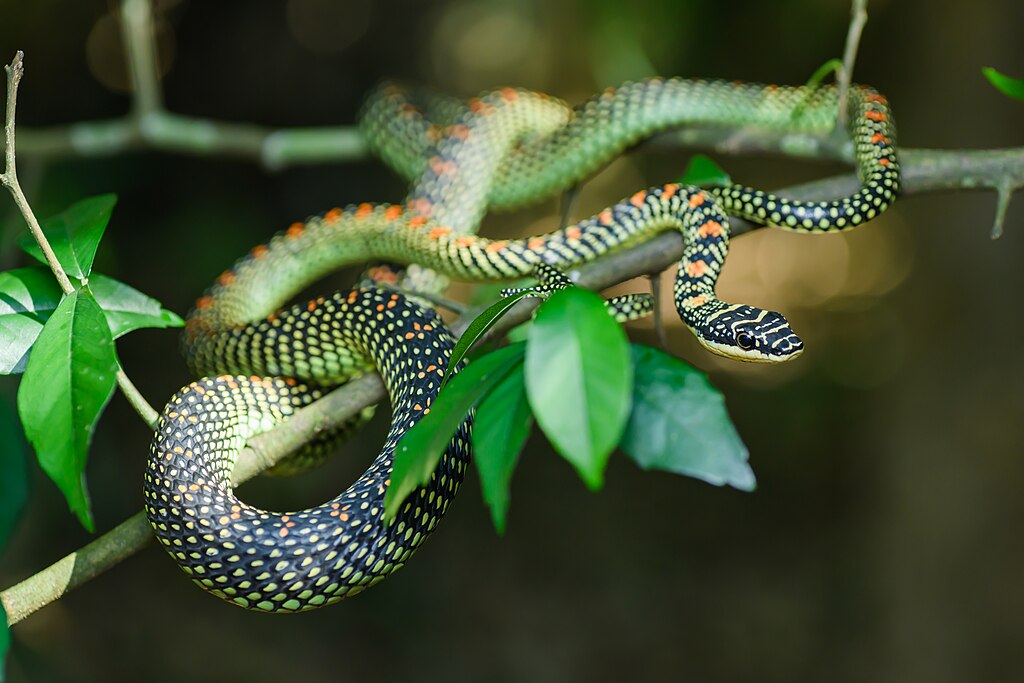
When interpreting a snake’s emotional state, tongue flicking represents just one component of a complex behavioral language that includes numerous other physical signals. A comprehensive understanding requires observing tongue flicking in context with body posture, movement patterns, and other behavioral cues. Snakes experiencing extreme anxiety often combine rapid tongue flicking with defensive postures like body coiling, head flattening, or tail vibration. In contrast, relaxed snakes typically exhibit smooth, deliberate body movements alongside normal tongue-flicking patterns. The relationship between these behaviors varies somewhat between species, with some naturally more defensive than others regardless of their actual stress level. Learning to read this complete body language helps snake keepers provide better care and reduces the risk of stress-related health problems in captive specimens. For wild snake encounters, understanding these behavioral signals can help people respond appropriately and reduce negative interactions with these important ecosystem members.

